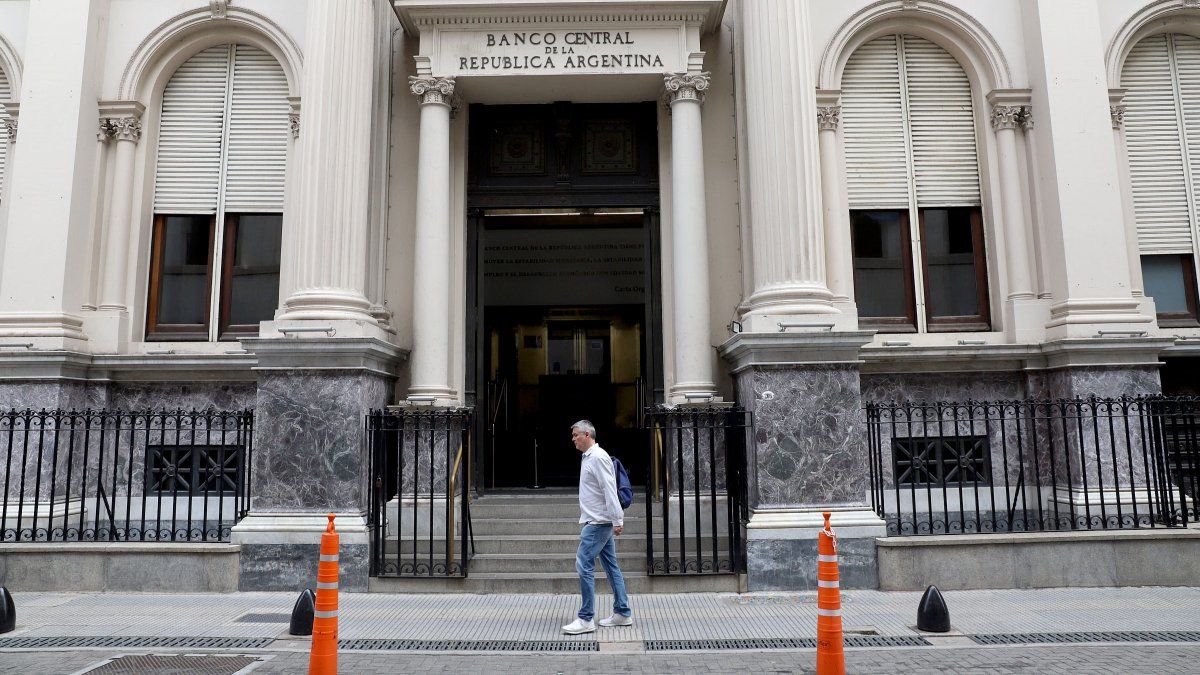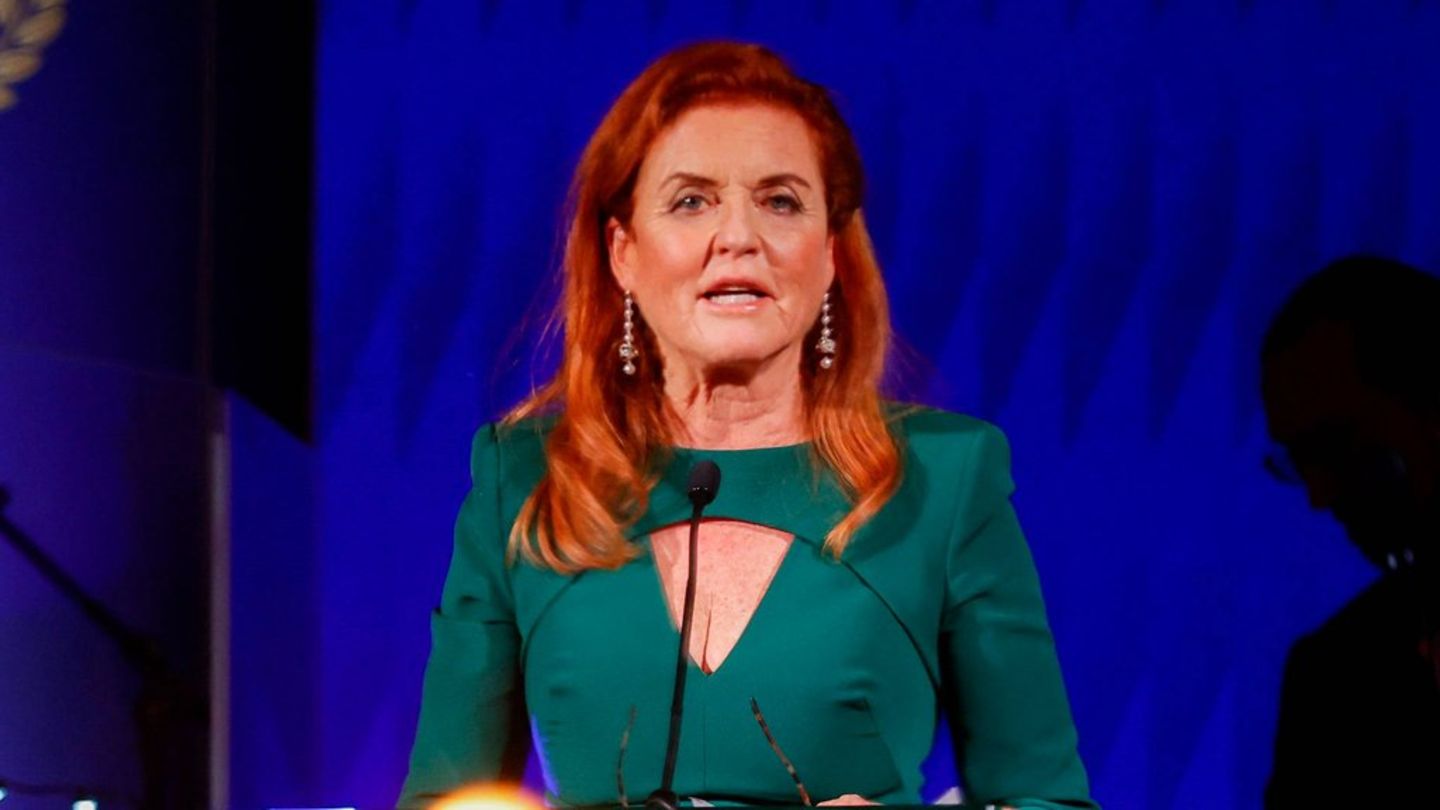In a new report on Argentina, Moody’s suggests that Fiscal Liquidity Letters (LEFI) They are a financing instrument issued by the Treasury that maintains the same CCA rating – which implies a high country risk situation, outside of voluntary markets.
“While LEFi increases banks’ asset exposure to Treasury risk, The daily buying and selling operations through the BCRA act as a strong mitigating factor,” the report notes.
The risk rating agency points out that “Banks will transfer a large part of the amount placed in passive PASES of the BCRA to LEFI issued by the National Treasury” and that “financial institutions will have the opportunity to sell their total or partial holdings of LEFI to the BCRA on a daily basis at their technical value.”
“This transactional mechanism generates a liquidity window that partially mitigates (i) exposure to sovereign risk and (ii) the mismatch of terms generated by the longer duration of the LEFI (one year). In this way, LEFIs will become an immediate liquidity tool for banks that will allow them to manage their surplus funds. In turn, unlike PASES, LEFIs will not tax gross income, which will have a positive impact on the profitability of financial institutions,” says the agency.
Moody’s maintains that “After these measures, total exposure to the public sector will remain at around 40% of the financial system’s assets”, because it is expected that “the banks willIncrease the volume of credit to the private sector and reduce their holdings of the public sector.”
“As of July 19, 2024, the stock of PASES stood at $10.9 trillion (just under 10% of the banks’ assets) a 54% reduction since the beginning of 2024 (25% of the asset). This decrease was mainly explained by a migration to LECAPs, which made Government Securities represent 32% of the assets of financial institutions by May 2024,” the report states.
In this sense, the rating agency considers that “a decrease was also observed Increase in loans to the private sector which rose to 25% of the assets from 22%.”
Maintains that “The reduction in the rate of active PASES allows banks to consider this instrument as an additional source of funding and liquidity” and recalls that “on July 17, 2024, the BCRA lowered the active PASES rate to 48% nominal annual from 60%.” The reduction, says the entity, “means for banks the possibility of obtaining immediate liquidity with less impact on their profitability.”
Regarding the put buyback This week, Moody’s maintains that “exposes banks to greater liquidity risk,” but considers that it is mitigated “partially with the lower cost of active PASES as a funding instrument.”
Source: Ambito




